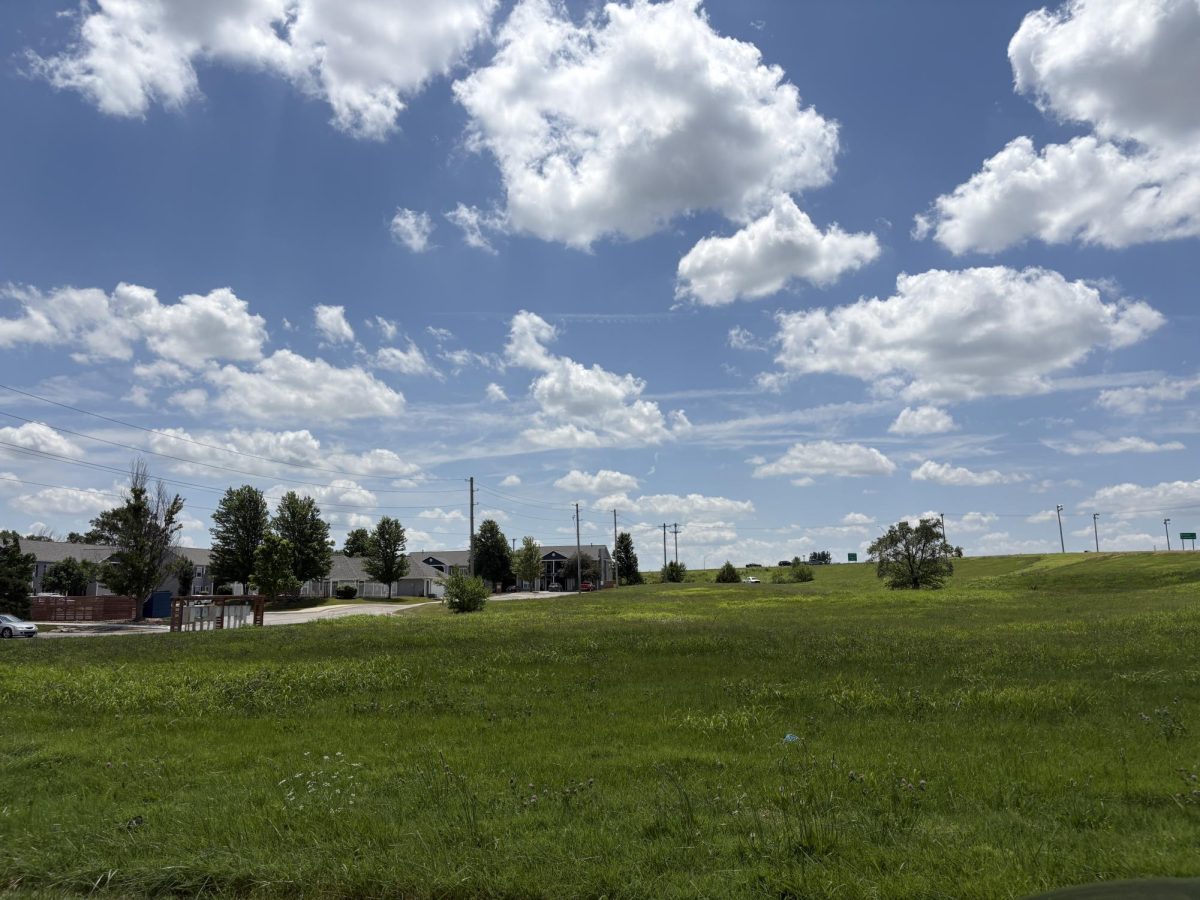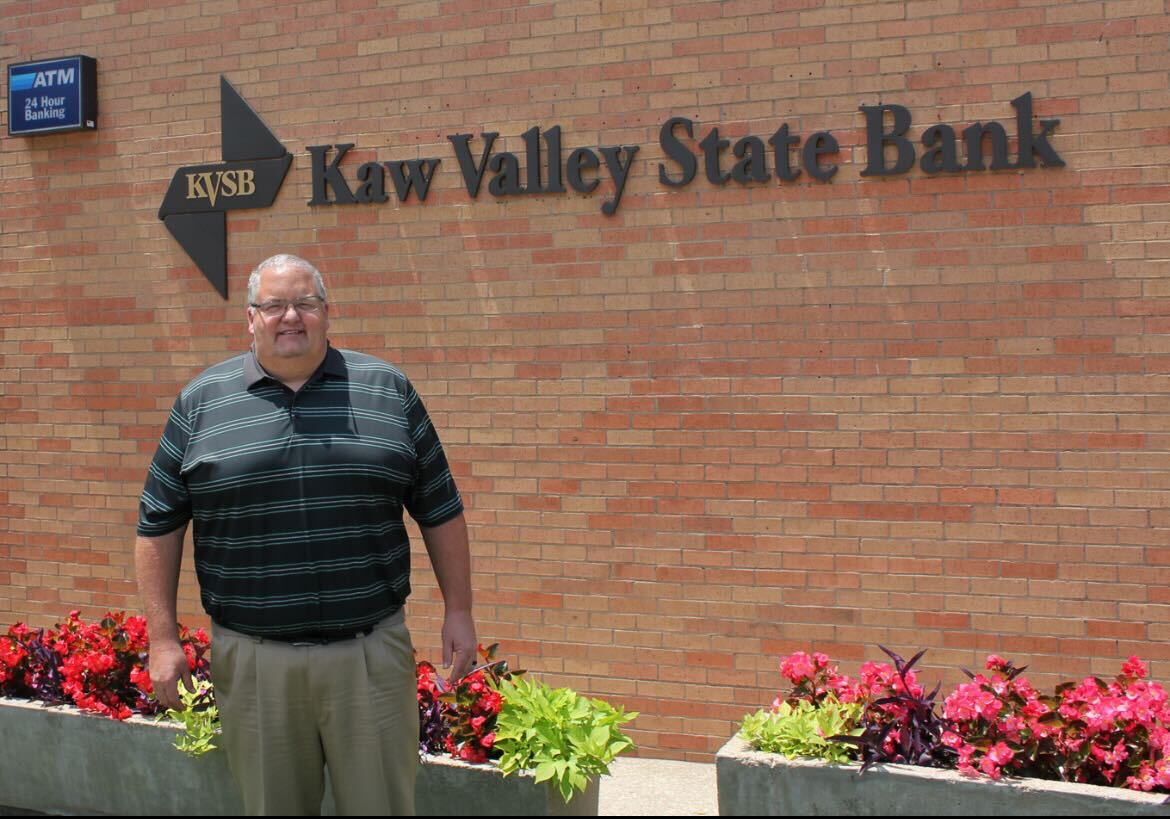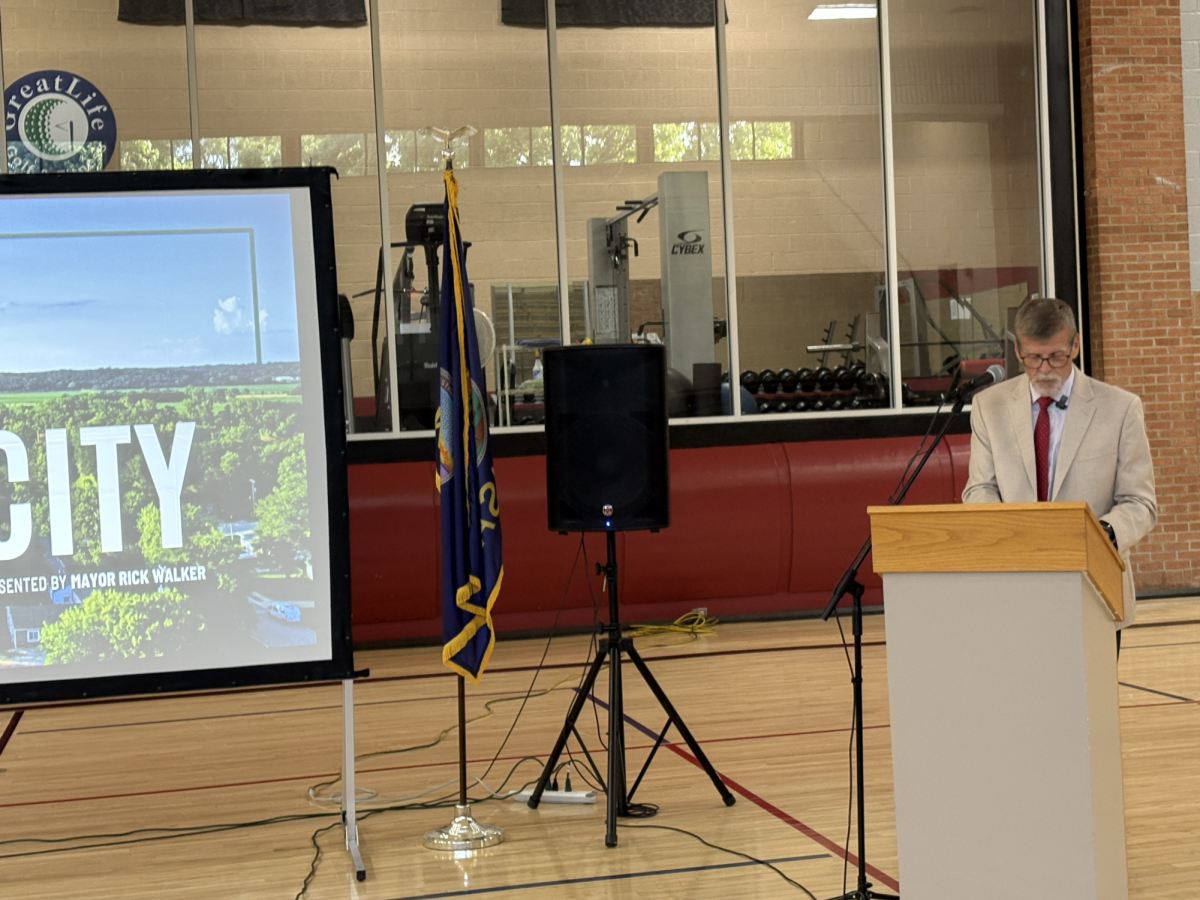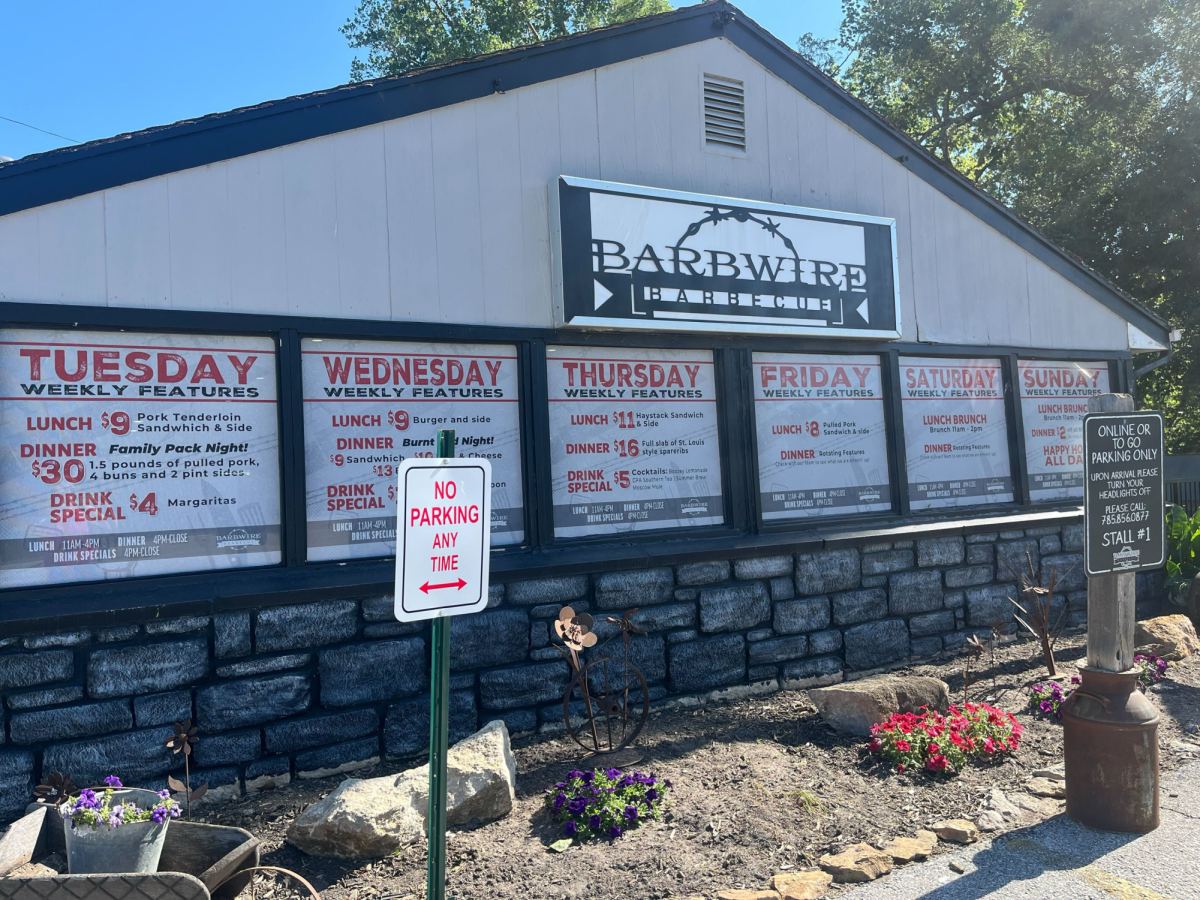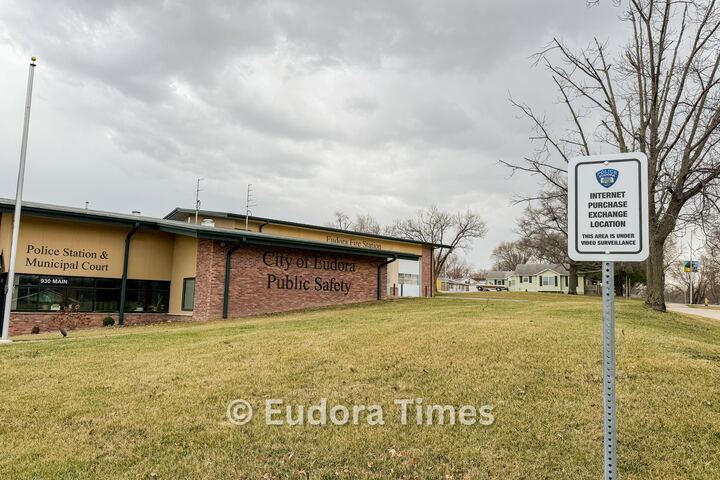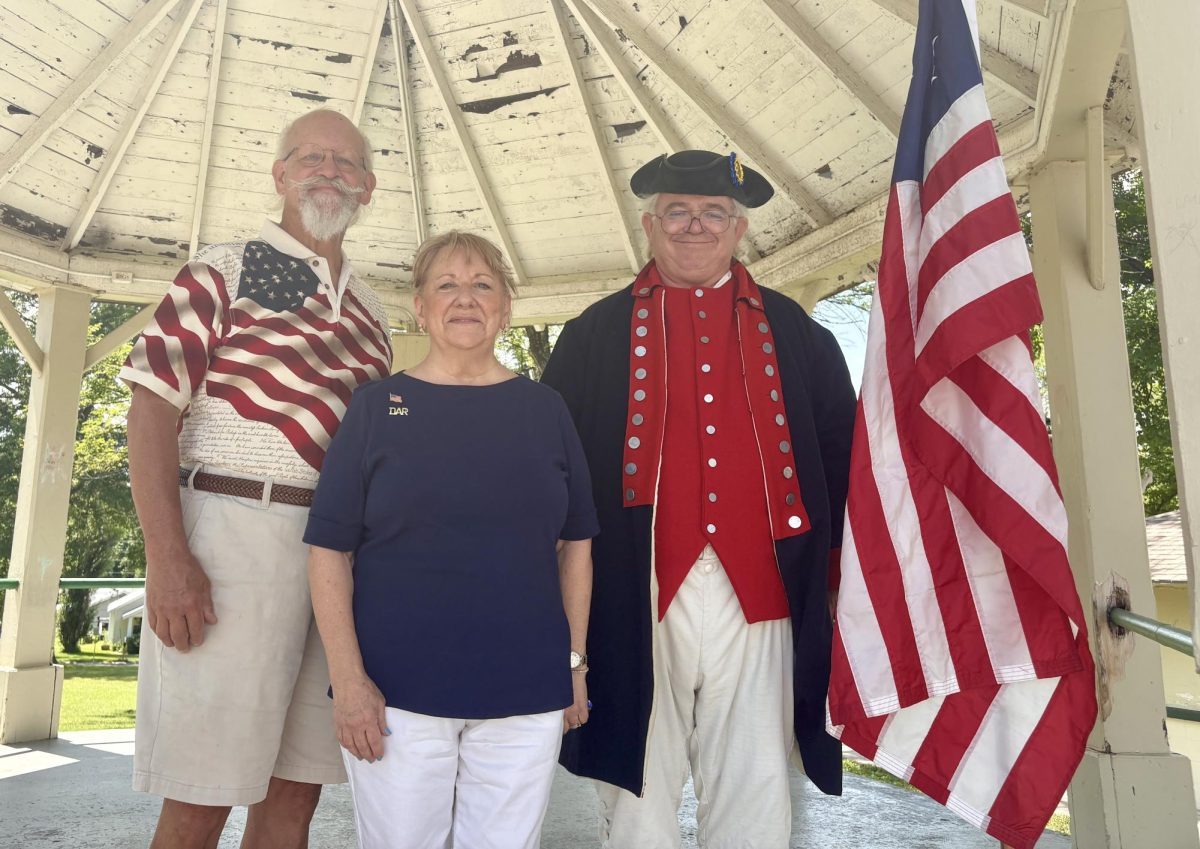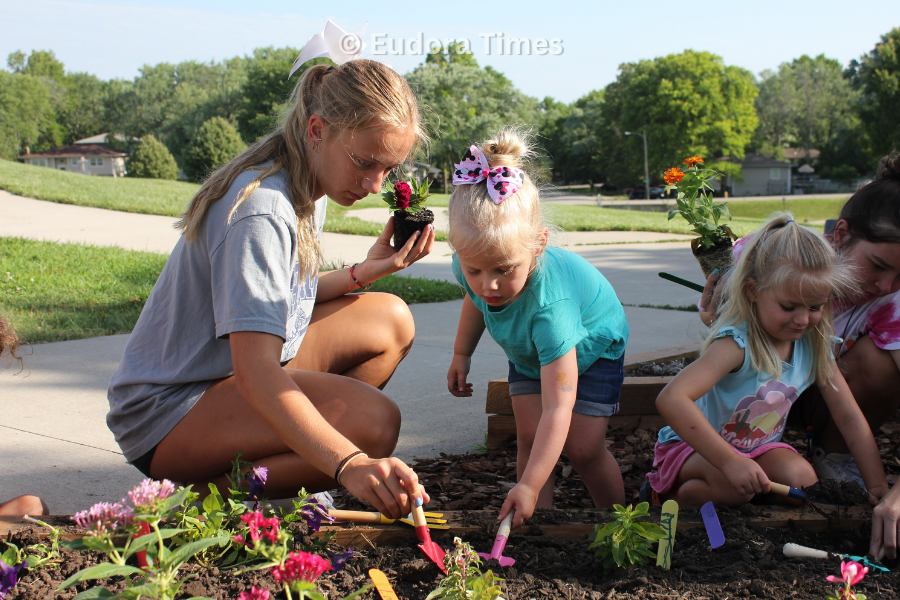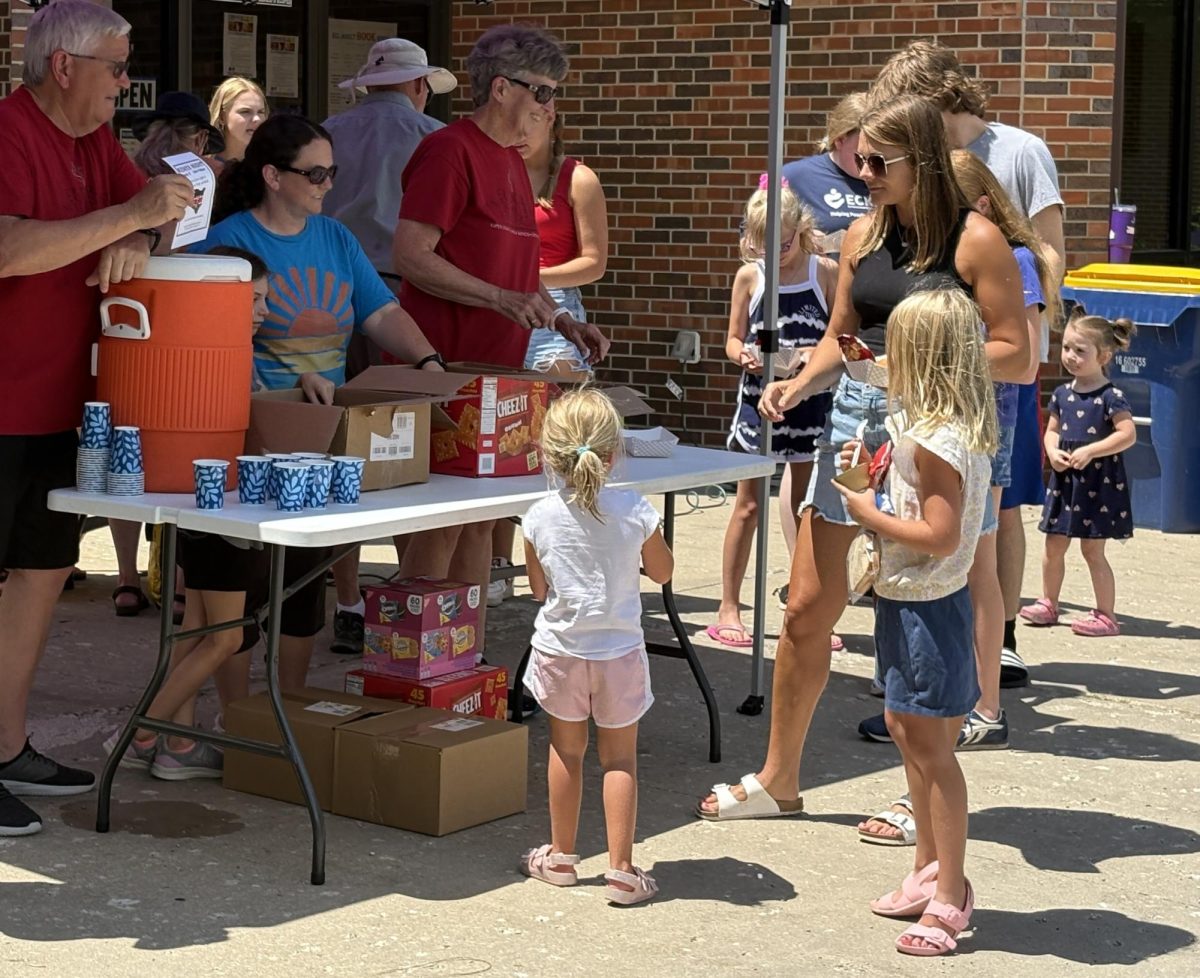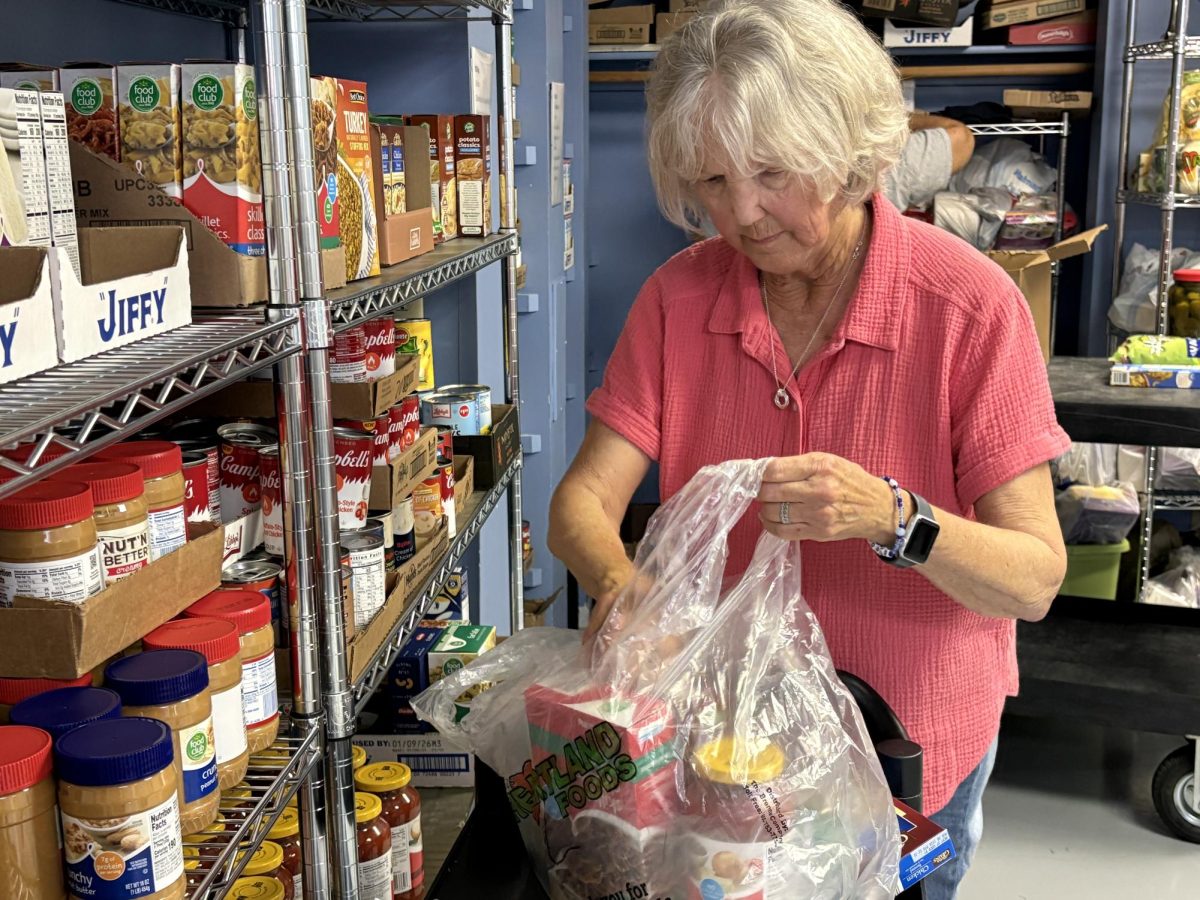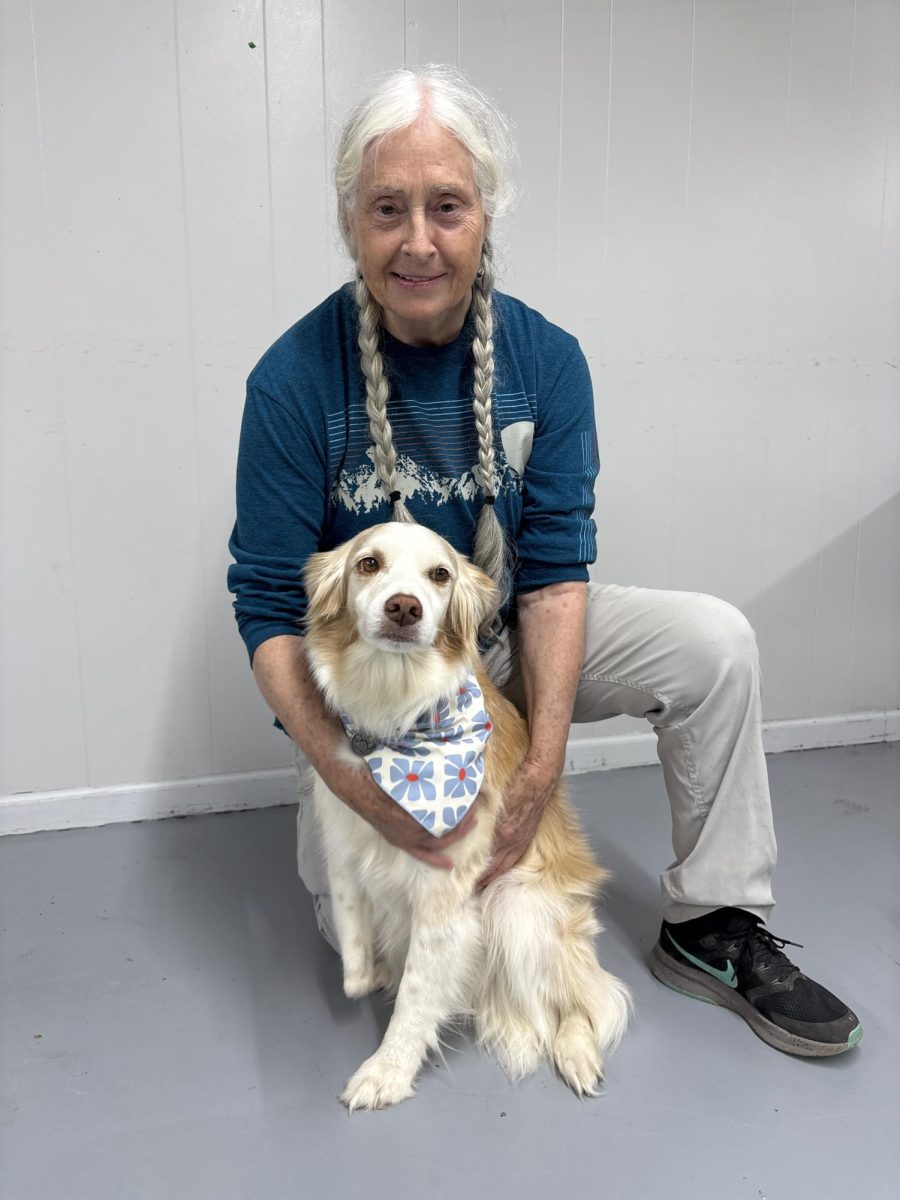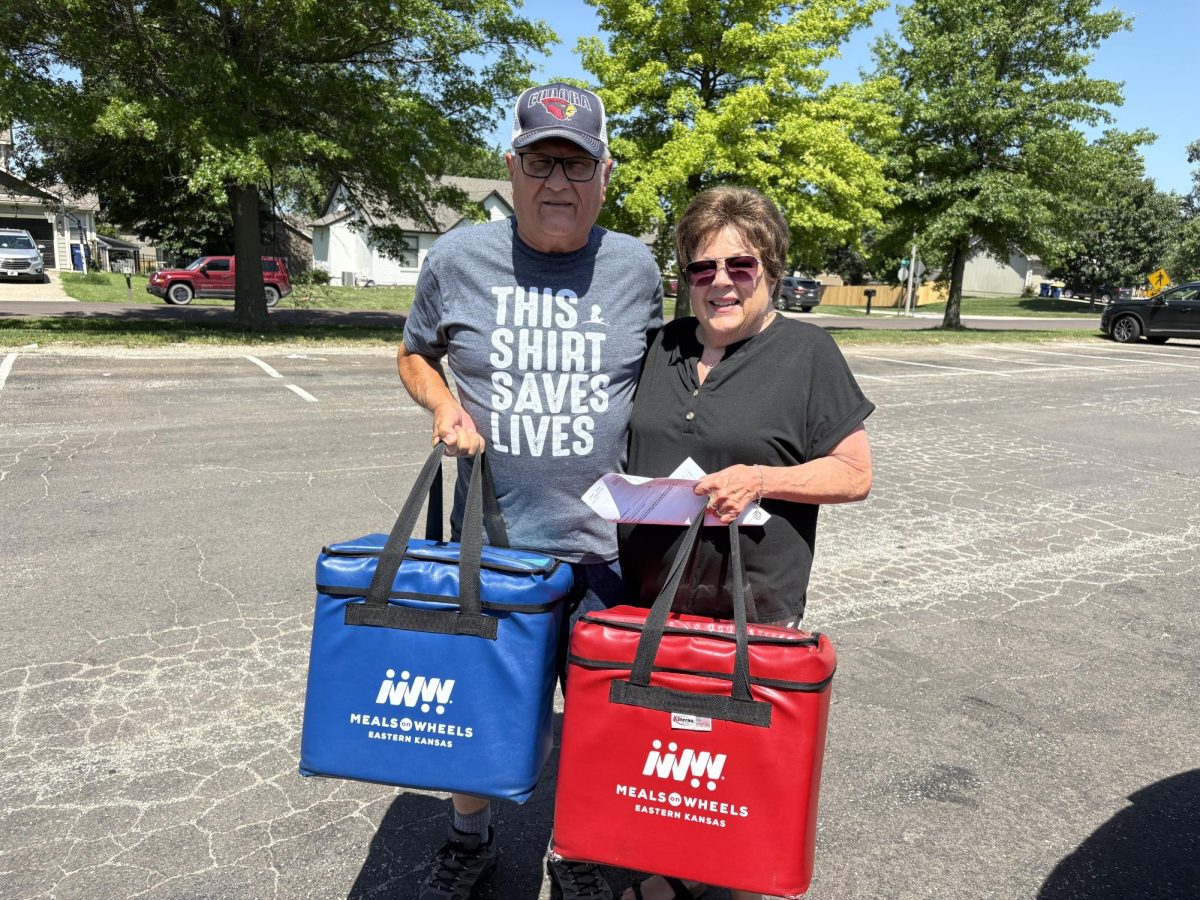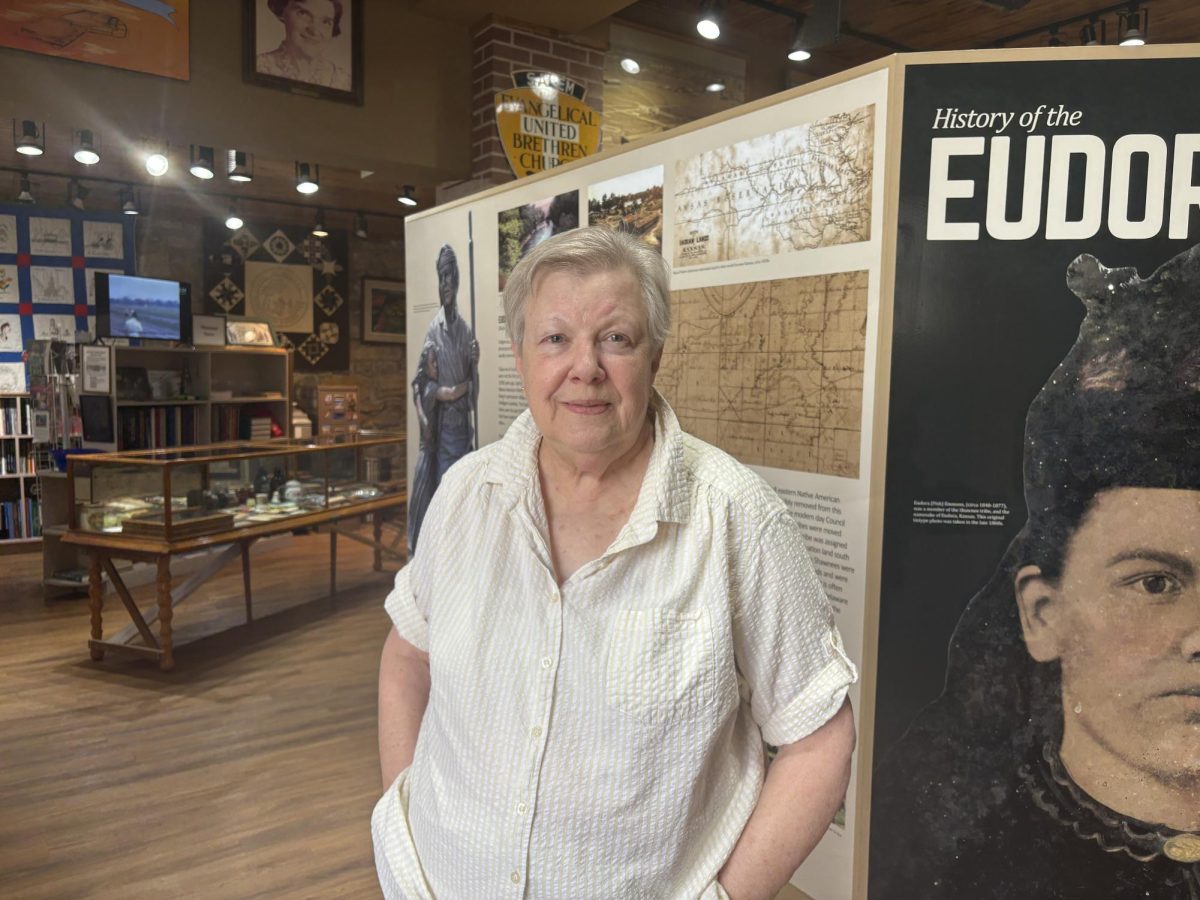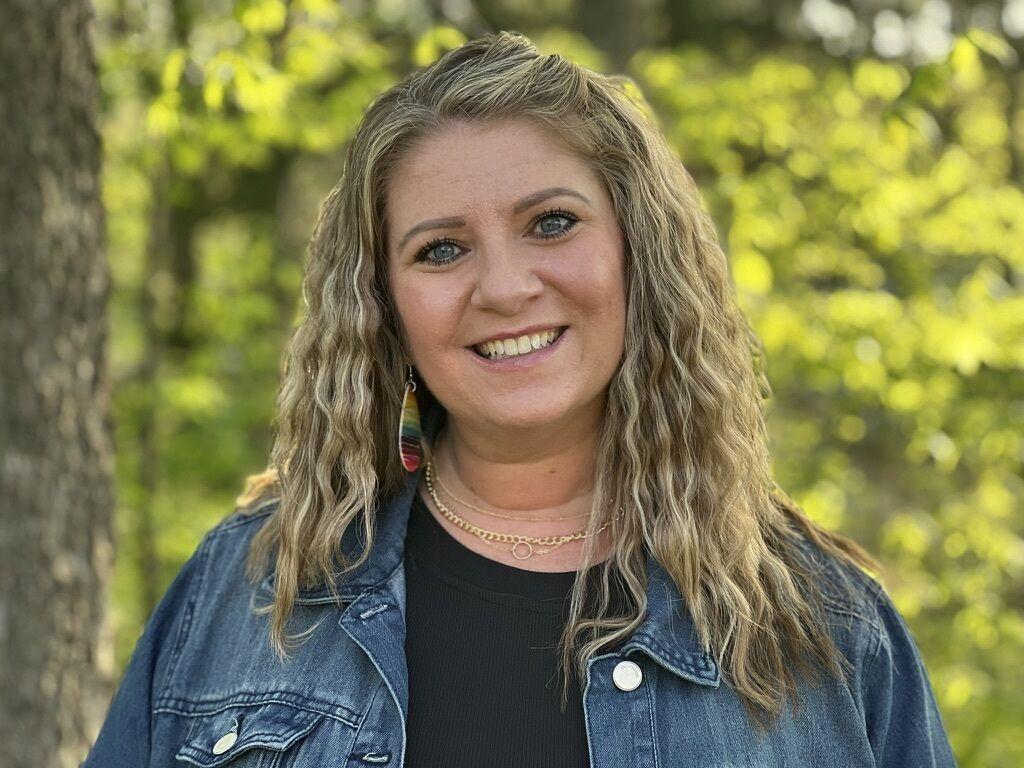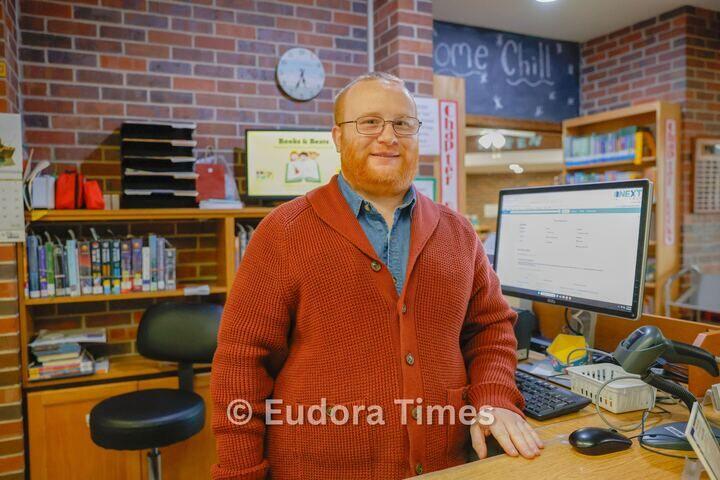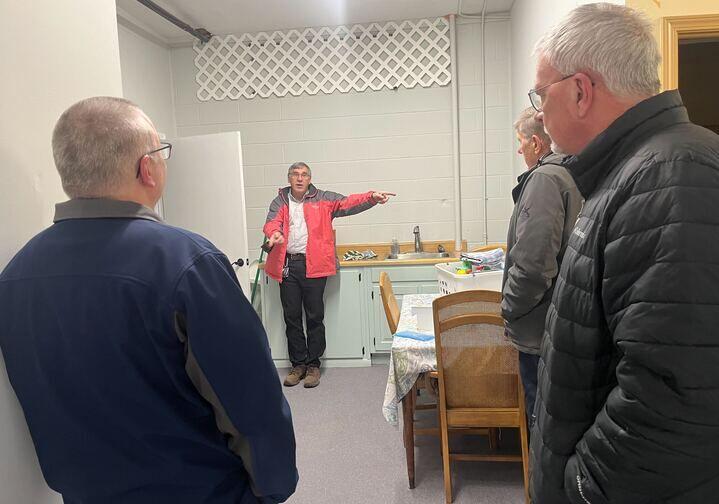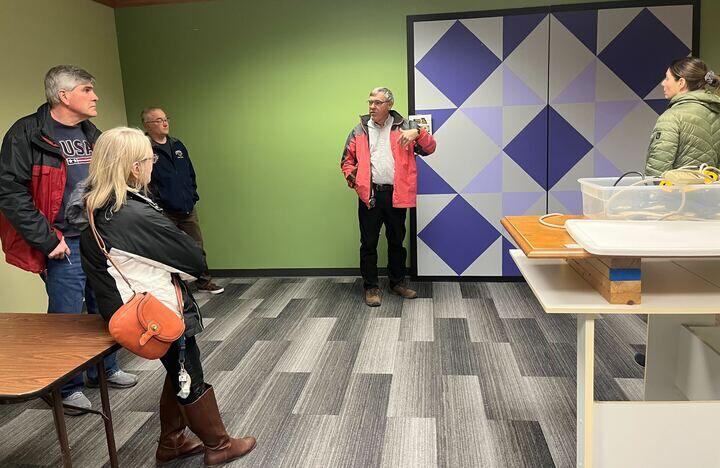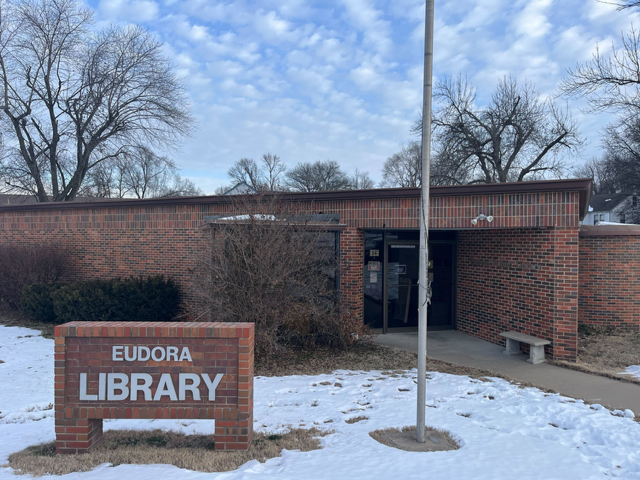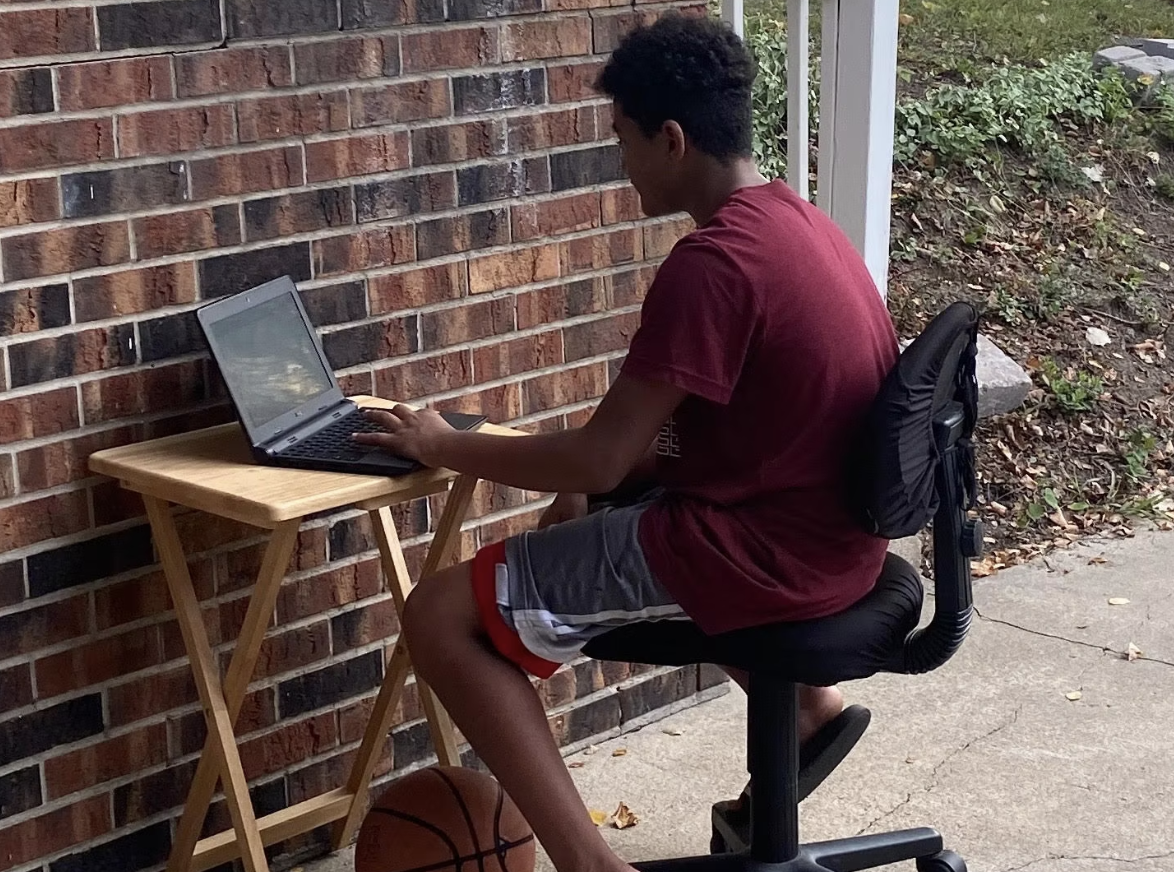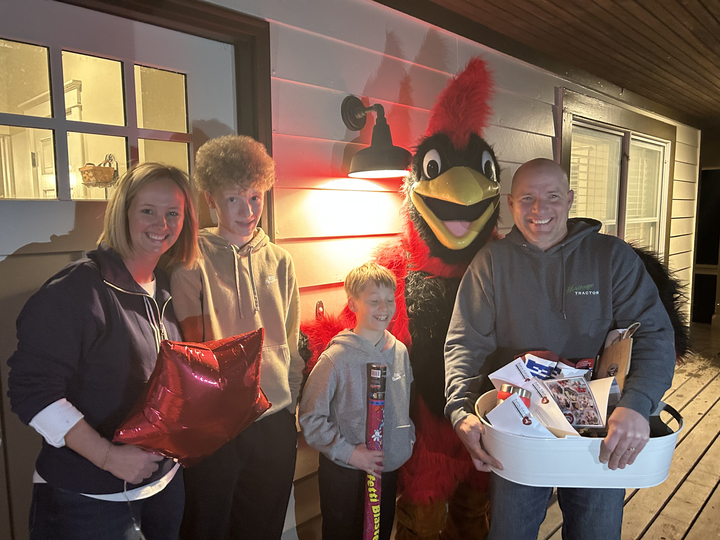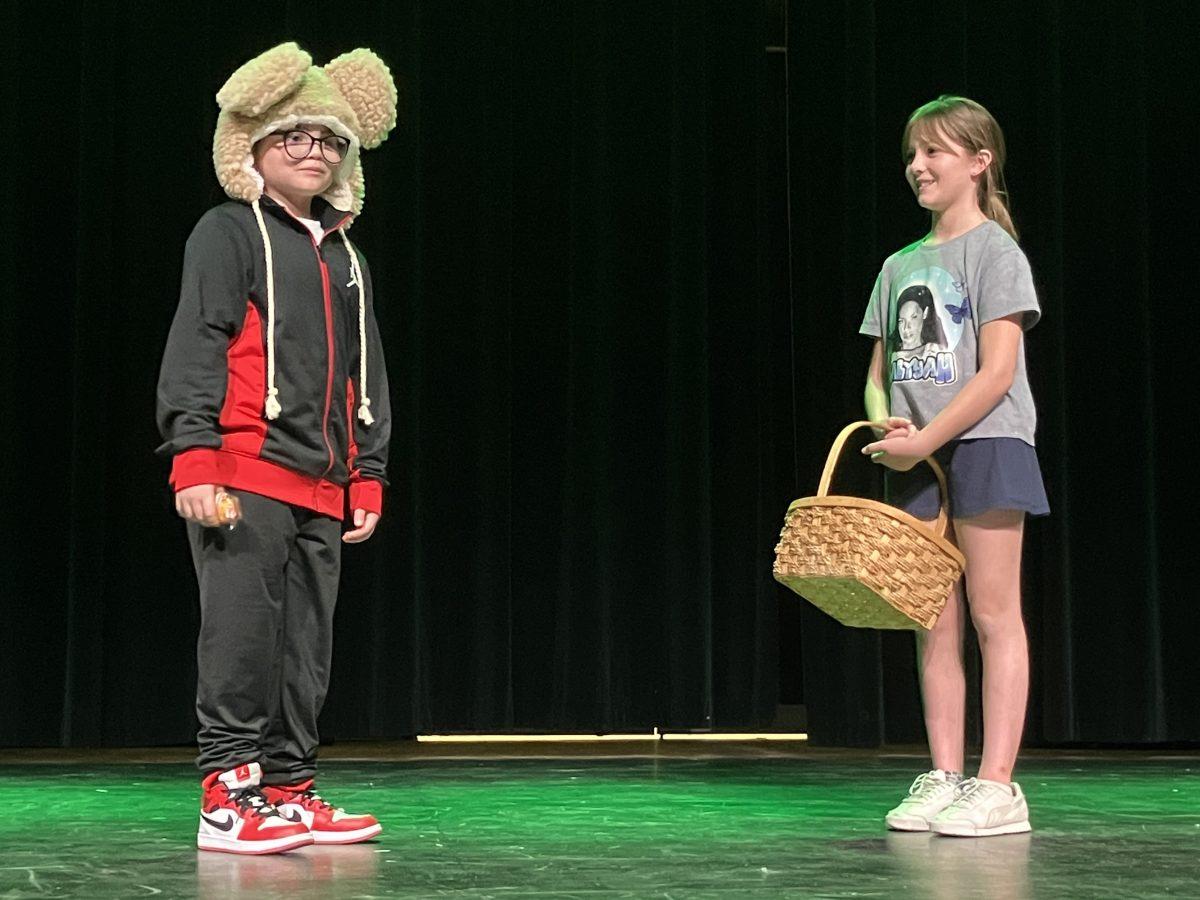As Feeding Eudora nears its eighth summer providing meals when school isn’t in session, the program continues to grow and is being recognized as a model for other Douglas County organizations.
Community Resource Navigator Laura Smith always knew it was unique for a community to have a program like this, but she knows even more so now.
“I didn’t realize how special it was until other Douglas County entities started hearing about it and said like, ‘What? You have what?’” Smith said. “Other organizations within Douglas County are thinking, ‘OK, how do we do this?’ It’s obviously a proven model. It’s obviously working.”
This year’s first Feeding Eudora event will be from noon to 1 p.m. June 4 at CPA Park. It is open to the general public and runs every Tuesday, Wednesday and Thursday until Aug. 1.
However, the program also serves as a critical safety net for those in the community who struggle to have enough food during the summer.
Eudora, like others across the county, has a common notion that these things aren’t a problem, said Ginny Barnard, executive director of LiveWell Douglas County.
“So there’s a perception that everything is fine, especially when it comes to, you know, our community leaders,” Barnard said. “They may not recognize that the percent of families that are struggling is as high as it is because if you just look at the surface level, based on, you know, how much it costs to live there and houses and you see new houses going up, they’re big and beautiful. It gives the perception that, ‘Oh, this is how everyone here can afford this, and this is how everyone is living,’ when the reality is much different.”
Officials concerned about food insecurity outline below how they have partnered to work on these issues in Eudora and Douglas County.
Tremendous growth
Feeding Eudora started through the Eudora Community Library and has recently been directed by Smith.
At its inception, children and other community members were coming to the library as a safe space, especially in the summer, in need of food, Smith said.
Librarians would sometimes pay out of their own pockets to help, or reach out to local restaurants to help provide meals. What started as a small operation has grown and changed its message to a community bonding opportunity open to the entire public, as well.
Feeding Eudora provides lunches for families Tuesdays through Thursdays in June and July in CPA Park, and this past year also added dates for Veterans Day, Thanksgiving and winter breaks.
Food is donated by whoever is hosting and then served by volunteers. The events have “grown tremendously” in the last couple of years, Smith said.
Each day, Feeding Eudora served about 223 meals, meaning they provided about 6,700 meals in 2023. When it started in 2016, Smith estimates it was serving about 30 people a day and was only focused on food insecure individuals.
The program has grown in awareness and numbers, but more than anything it’s come in the form of letting other groups know about it, she said.
Sometimes hosts donate something prepared like Uncrustables, granola bars, popsicles or other prepared foods. If it is a homemade meal like last year’s chili night, it has to be prepared in a commercial kitchen, according to the state Health Department, and then transported to the CPA shelter, where the event is usually hosted.
Donations are also helpful and helped expand the program to the winter dates last year, she said. Donations help pay for operational costs for things like to-go containers for families who cannot come in person, trash bags and shelter rental at CPA Park.
Last year, Feeding Eudora spent about $400 on renting the CPA shelter, which took most of the donations. Conversations are ongoing with city staff to try to eliminate these costs, Smith said.
Addressing broader food insecurity
Smith’s position is housed within the United Way of Kaw Valley but is cost-shared with Community Children’s Center, Eudora Community Library and DCCCA.
She recently presented to the Food Policy Council of Douglas County and heard other communities want to start a similar project, especially in towns of similar sizes. She’s also on the county’s food security group, anti-poverty group and another focused on access to health care as part of a community health improvement plan.
Smith thinks it’s important to have a Eudora stake in all of the county conversations.
“I don’t know if [residents] don’t realize or if it’s just easier to turn a blind eye or if it’s maybe a combination of both. They don’t think these issues exist in Eudora, specifically, homelessness, and I’m here to tell you they do. I work with these people every day,” Smith said.
She knows Feeding Eudora is not an end-all solution to food insecurity, and more is needed to create policies that enable future food security measures. That kind of support starts at the city level, she said.
Feeding Eudora also works in collaboration with the Eudora Food Pantry. Smith hopes eventually the pantry can combine forces with Feeding Eudora to become one nonprofit.
“Our population is 6,800, and 1,000 of them are utilizing food services. That’s a pretty high number,” Smith said.
Eudora makes up only about 5% of the Douglas County population, but uses 12% of the housing stabilization collaboration resources for the county, Smith said.
This, in combination with the food resources used, show the consistent need in Eudora, Smith said.
While there have been some problems getting Eudora involved in conversations about Douglas County needs in the past, Smith is confident more organizations are including Eudora’s voice. Her recent resource fair drew over 40 organizations from all over Douglas County, which shows dedication and support to help Eudora’s residents find resources.
LiveWell Douglas County is a mostly volunteer-based coalition to help support communities around policy systems and environmental changes. Barnard has worked closely with Smith on several projects, including when Lawrence-Douglas County started a new community needs assessment under the community health improvement plan.
Every five years, data is collected to identify what areas the community needs to work on. Since food security was raised as a specific aspect needing addressing, LiveWell became a co-convener with the Douglas County Food Policy Council. When Smith started coming to those meetings, it came to the surface that some issues were specific to just Eudora, Barnard said.
Barnard, who is also a Eudora resident, started working with the community to help identify its needs. As a result, a food policy group emerged at the school district level.
“Thankfully, Eudora was very observant and in tune and recognized that, ‘Hey, there might be some bigger issues here in Eudora besides just, you know, providing meals during the summertime. Maybe there’s something else that we need to do,” Barnard said.
Kaitlyn Peine, community health and wellness agent for K-State Research and Extension in Douglas County, has also been working with Smith and Barnard to look at anti-poverty and food insecurity measures.
She’s also a co-convener on the food security group for the community health improvement plan. Piene agreed others have commended Eudora for its efforts, number of volunteers and individuals served through Feeding Eudora.
Peine works closely with Just Food in Lawrence and said each month sees an increase in the number of households seeking access to food there. Although food pantries are not designed to cover a household’s entire food need but rather to offer supplemental support, this still may be the only source of food for many due to inflation.
Increased needs in the schools
Support from the school district’s foundation has helped get more conversations going, Smith said.
Monica Dittmer, the volunteer and program coordinator for Eudora Schools Foundation, said this school year, there have been increased instances where the foundation has been made aware of food insecurity situations popping up for students and families.
The foundation has a program called the Cardinals Care fund, which gives teachers or administrators the chance to reach out if they see a student in need of resources they cannot get covered somewhere else. They started getting more urgent requests before Fridays when families would need food to get through the weekend, she said.
The foundation exists to support the district, she said, and wanted to take a deeper look at the landscape of food insecurity within the city.
The group that started in the district has now met three times. The foundation originally invited teachers and administrators who had previously reached out about needs within their classrooms and anyone else who wanted to join.
Barnard, Smith and Peine are involved in the group, as well as teachers, social workers and other administrators. About 20 people attend each meeting. Conversations focus on what issues are in the schools and what it would look like to eliminate those barriers.
“So, are there some things that we can do to kind of help bridge that gap? But really, the premise was, what is the actual issue and challenge and how can we come together to kind of do our best to support our families so that, you know, food insecurity isn’t something that’s disrupting their education or learning in the classroom?” Dittmer said.
Looking forward to the next school year, the group discussed what could be done to increase the number of families applying for free or reduced lunches.
Dittmer said families have not been applying at the rate they were before COVID-19, but that doesn’t mean they don’t need assistance.
“The statistics that we’re seeing could potentially be higher, and if we can bridge that gap and help families get the assistance they need, that’s one thing,” Dittmer said.
The group discussion also showed the need for streamlined resources for families.
“One of the things we’ve been talking about is, how can we make sure that we kind of have a streamlined way to tap into the resources that are already available In Douglas County?” Dittmer said.
During the 2023-24 school year, about 40% of the elementary school qualified for free or reduced lunches, 32% in the middle school and 32% in the high school.
There is not a federally funded summer lunch program in Eudora because it requires that 50% of the students in the public school system receive free or reduced lunches, Peine said.
A good start is helping the district outline policy that shows long-term commitment to addressing food insecurity for students, Barnard said.
Dittmer said advocating for more community resource navigators like Smith would also help bridge gaps in knowing where to find resources or how to direct families to help.
Dittmer was able to call Smith when they recently learned of an urgent situation right before a weekend. Smith helped a high school student in need of food for their younger siblings on short notice.
“That is an invaluable thing. I wish we could have 20 of her, I wish every community could have that, so I think that’s another piece,” Dittmer said. “It’s like, OK, so we’re seeing the value in what Laura is providing for our community, so how do we set that up for long-term success and or multiply the efforts?”
Looking for long-term solutions
Barnard, Smith and Peine are working to make sure they can create a bigger picture than just short-term help. Getting food to families is an important first step, but creating ways to create sustainable changes is also important, Barnard said. She’s also on the Douglas County Food Policy Council to help have these conversations.
Making it easier for families to apply for assistance and making sure families can connect to assistance are also ways to move the needle.
Transportation to resources is also an issue in Eudora, especially for those trying to get to Lawrence. Getting connections for people to easily reach the resources they need is at the forefront of their minds, Barnard said.
Barnard said she has used Feeding Eudora as an example in conversations of innovative ways to not only help with food insecurity but build community connections.
“So that if other communities are interested or are wanting, looking at different models of what they can do, we can help connect them to Laura and share that model of what they’re doing,” she said.
The program fits into the cornerstones of Smith’s goals for the community: anti-poverty, food insecurity, mental/behavioral health and utility and rental assistance. All these things have to intersect to actually move the needle on the cycle of poverty, she said, and Feeding Eudora is just a start.
To donate to Feeding Eudora, click here.
Reach reporter Sara Maloney at [email protected]
To donate to support our community journalism, please go to this link: tinyurl.com/y4u7stxj
FILE PHOTO. Volunteers serve chili at an extended version during Thanksgiving break last year. The extended edition of Feeding Eudora is expected to continue this year, as well.

